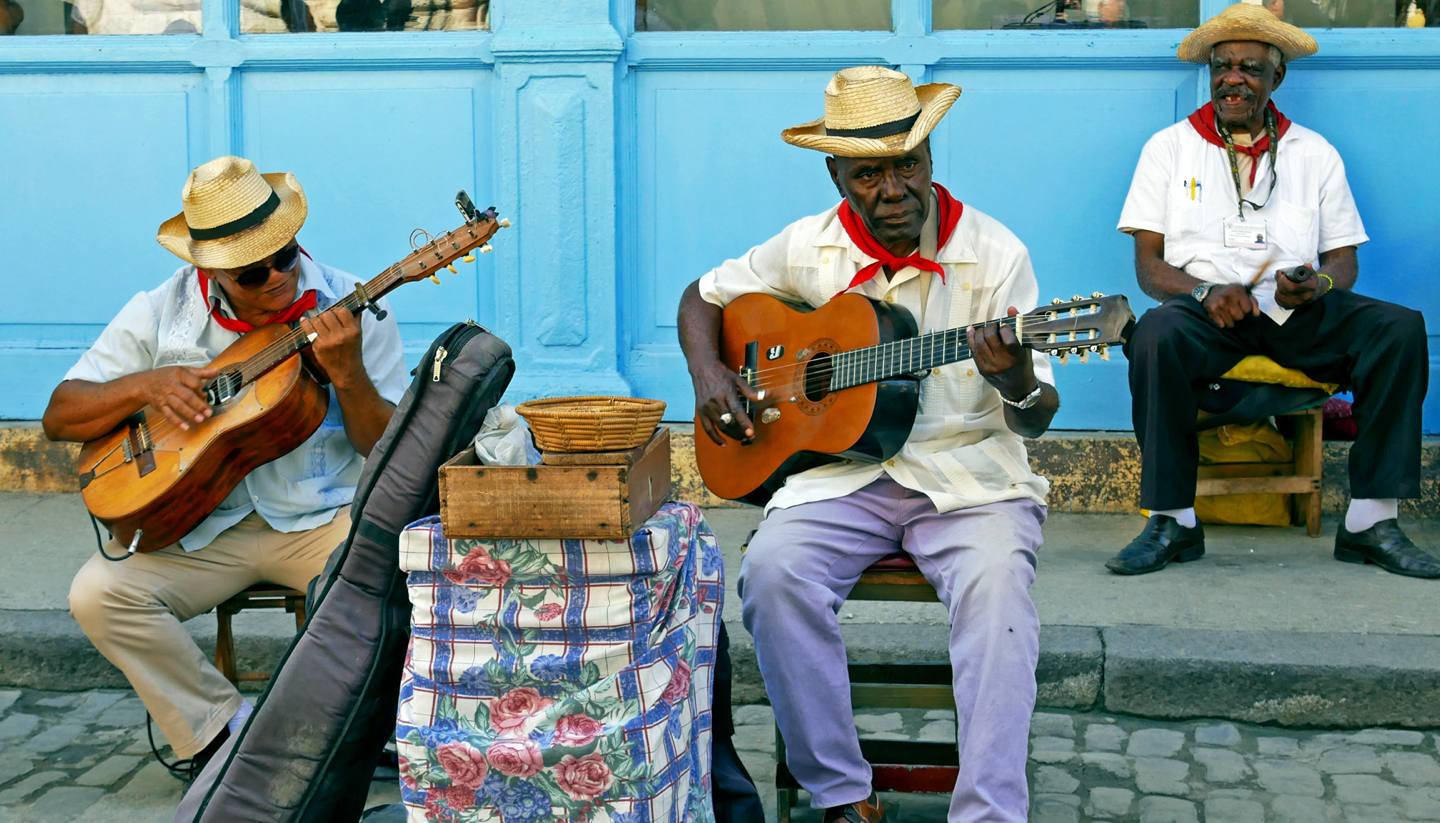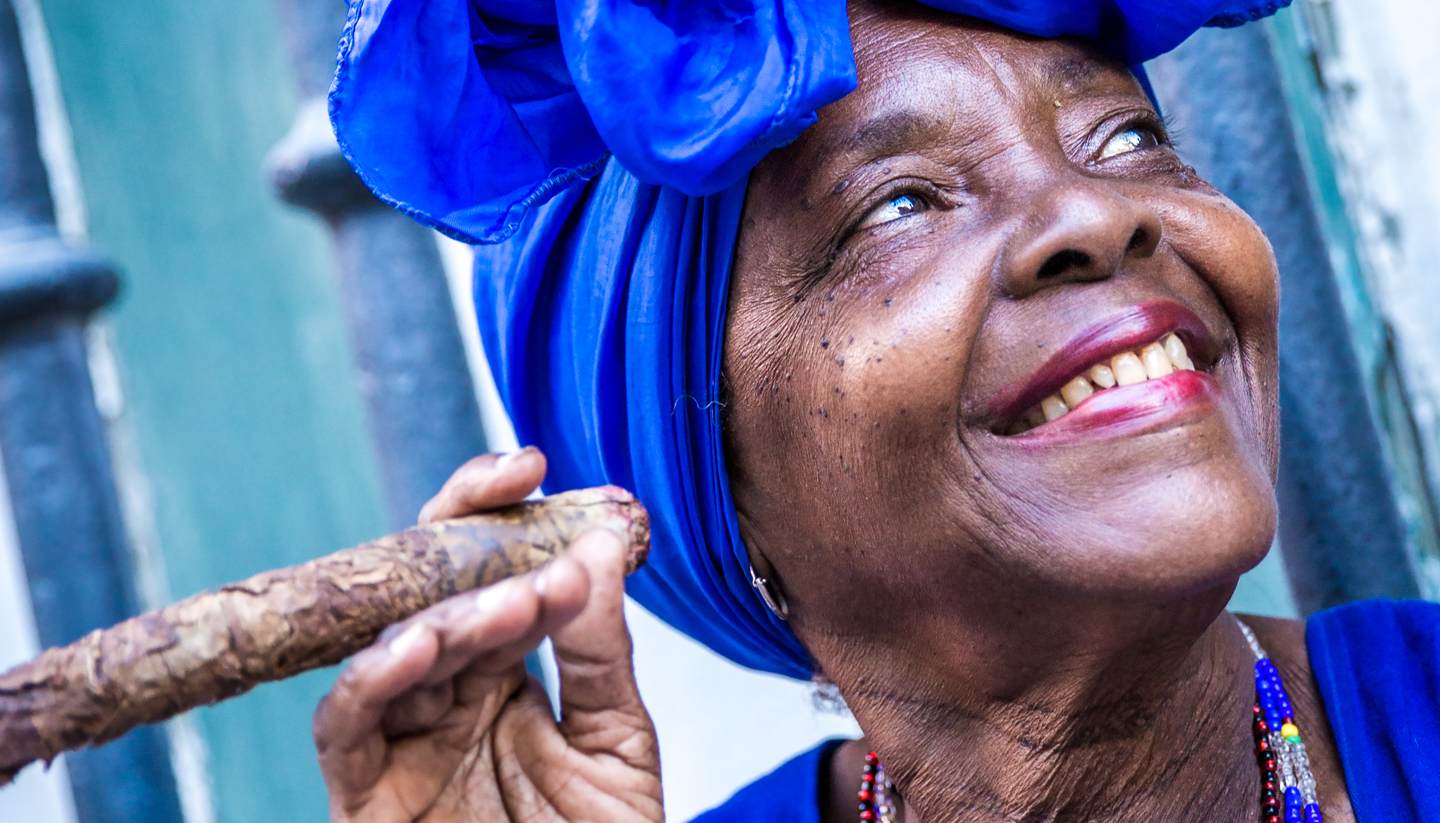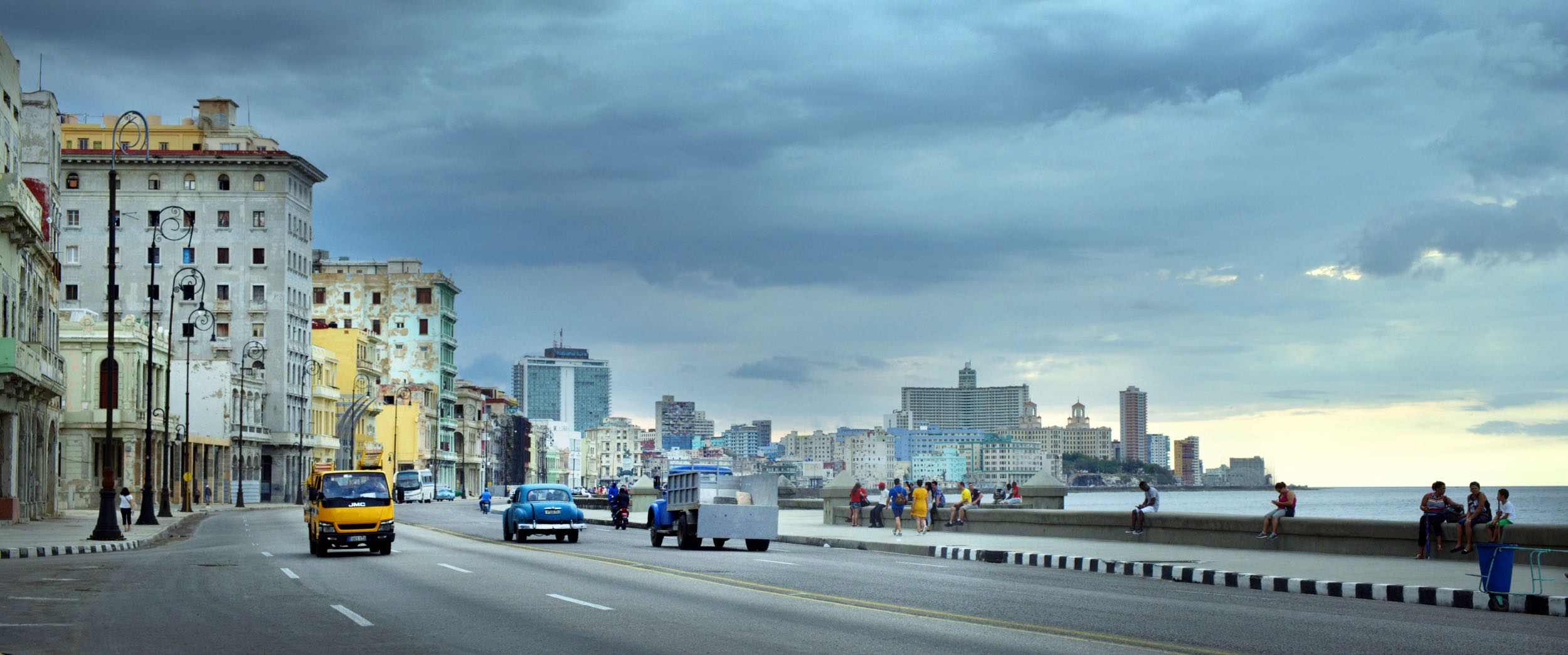Getting Around Cuba
Air
Cubana de Aviación (www.cubana.cu) is the principal carrier. The state-owned company operates domestic and international flights.
Departure tax
None.
Road
Before 2014, owning a car in Cuba required a special permit. Following the removal of the special permit, car sales haven't quite skyrocketed as prices remain high. So most drivers that cruise the roads are key workers, private taxis and couriers who know the routes by heart. As a result, signposting is a low priority, although it is improving recently. Make sure you slow down and proceed with care at every rail crossing even when there are no indicators.
Large sections of Autopistas (expressways) are in good condition, but there are also sections that require urgent maintenance. Lane markings do not always exist too.
Avoid driving at night, as a lack of stop signs and broken traffic lights makes it unsafe.
Out in the country, it is common to see cars stopping and offering hitchhikers a ride, although the locals generally do not expect foreign motorists to do so.
Side of the road
RightRoad Quality
Autopistas (expressways) are generally in good condition, although some sections do require urgent maintenance. Provincial roads may not be well-maintained so drive with caution.
After years of neglect, things are improving. The government has been repairing sections of motorways and roads but the task remains challenging.
Road Classification
Cuba has several multi-lane expressways and single-lane highways; the main ones include:
• Carretera Central that spans the length of the island from La Fé (Pinar del Río Province) in the west to Baracoa (Guantánamo Province) in the east.
• Circuito Norte that spans the length of the island along the Atlantic Coast, from Mantua (Pinar del Río Province) in the west to Baracoa (Guantánamo Province) in the east.
• Circuito Sur that connects Artemisa (Artemisa Province) in the west to Sancti Spíritus (Sancti Spíritus Province) in central Cuba.
Car Hire
All car hire companies are state-owned and rental fees are high. Insurance, which is not included in the rental fees, is also compulsory. Due to the lack of road signs, some companies may provide you with a map. The tourist office (INFOTUR) also gives out free maps but the readily available versions may not be good enough for driving; check to see if they can print out a detailed version. Alternatively, consider buying a good map or hire a car with a driver.
When picking up the car, check to see if there is a spare tire and jack tool kit, and go through all existing damage to avoid disputes later. The number plate of your rental car should have the letter T to indicate 'Turismo' (Tourism).
Taxi
Taxis are readily available in major Cuban cities. The yellow Cubataxi is the most common and the drivers use meters. Private taxis are increasingly common and if they don't use meters, negotiate before getting into the car. All taxis for tourists accept Cuban Convertibles Pesos (CUC).
The small yellow 'Coco taxis' are auto-rickshaws; they may be adorable and good for short distances but proceed with care as they are famous for ripping tourists off by claiming a route is shut, and you have to pay extra for a detour.
The locals get around in Colectivo (shared taxis) or Almendrones (shared taxis operate on a fixed route), both of which may or may not take tourists. In the event that they do, they may ask you to pay in CUC even while the locals pay in CUP.
Bike
Cuba is a popular choice for cycling tours, especially outside of big cities. There are a number of bike hire companies in the cities as well as in places like Viñales.
Coach
Efficient Viazul (www.viazul.com) buses connect most towns across the island of interest to visitors including Havana, Camagüey, Santa Clara, Santiago de Cuba, Trinidad, Varadero and Viñales.
Conectando is another bus service that links Havana with Trinidad and Cienfuegos, and they pick you up from your hotel. As the pick-up service is customised, you, therefore, must buy the tickets from your hotel, at one of the tourist information centres (INFOTUR), or one of the Cubanacán offices. All tickets must be booked a day before and not on the day of travel. Both Viazul and Conectando accept CUC.
Camiones are converted trucks that run between towns and within provinces. They mainly serve the locals and accepts CUP. Note that some camiones drivers may not allow foreigners on board.
Regulations
Speed limits are 100kph (62mph) on expressways, 60 km/h (37mph) on rural roads and 50kph (31mph) in urban areas. Beware that there are speed restrictions, but due to a lack of signage, you may not know the restrictions.
Breakdown services
Should you break down, you need to contact your car hire agency to arrange roadside assistance.
Documentation
Valid national driving licence required.
Urban travel
All cities have sufficient taxis, Colectivo (shared taxis) and a large number of buses.
Taxis: Opt for a modern air-conditioned vehicle, or for special occasions a vintage American car. All official taxis have meters but watch out for taxis with 'broken' meters, especially in Havana. Unofficial 'private taxis', often vintage Ladas, can be hailed on the street.
Rail
The train network in Cuba reaches almost every city but the schedules are subject to change regularly. Some long-distance trains in service have air-conditioned cars (first-class), non-air-conditioned cars (second-class), a cafeteria and fewer stops.
You must purchase tickets in person from any of the offices of the government-owned travel agency Viajero. You will be asked to present your passport upon booking as each train has a number of seats allocated to foreigners. On the day of your departure, you must arrive at least an hour before so you can get your ticket stamped at the confirmation counter and have your passport checked.
Water
There is a ferry service connecting Isla de la Juventud (the second-largest Cuban island) to Batabanó, 71km (44 miles) south of Havana. Within Havana, you can also take a ferry to Casablanca, the peninsula on the other side of Havana Harbour.



